Clipart tagged: ‘chelsea’

Porcelain Marks
"Porcelain is a fictile material intermediate between glass and pottery, being formed of two substances,…

Porcelain Marks
"Porcelain is a fictile material intermediate between glass and pottery, being formed of two substances,…

Porcelain Marks
"Porcelain is a fictile material intermediate between glass and pottery, being formed of two substances,…

Porcelain Marks
"Porcelain is a fictile material intermediate between glass and pottery, being formed of two substances,…
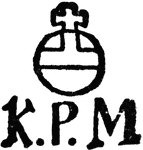
Porcelain Marks
"Porcelain is a fictile material intermediate between glass and pottery, being formed of two substances,…
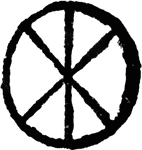
Porcelain Marks
"Porcelain is a fictile material intermediate between glass and pottery, being formed of two substances,…
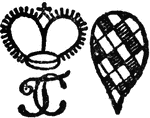
Porcelain Marks
"Porcelain is a fictile material intermediate between glass and pottery, being formed of two substances,…

Porcelain Marks
"Porcelain is a fictile material intermediate between glass and pottery, being formed of two substances,…
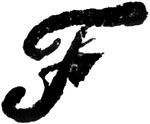
Porcelain Marks
"Porcelain is a fictile material intermediate between glass and pottery, being formed of two substances,…

Porcelain Marks
"Porcelain is a fictile material intermediate between glass and pottery, being formed of two substances,…
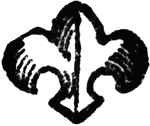
Porcelain Marks
"Porcelain is a fictile material intermediate between glass and pottery, being formed of two substances,…
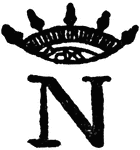
Porcelain Marks
"Porcelain is a fictile material intermediate between glass and pottery, being formed of two substances,…
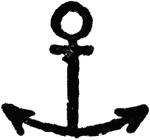
Porcelain Marks
"Porcelain is a fictile material intermediate between glass and pottery, being formed of two substances,…

Porcelain Marks
"Porcelain is a fictile material intermediate between glass and pottery, being formed of two substances,…
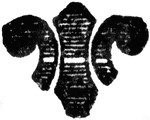
Porcelain Marks
"Porcelain is a fictile material intermediate between glass and pottery, being formed of two substances,…
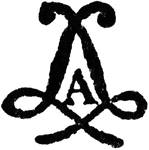
Porcelain Marks
"Porcelain is a fictile material intermediate between glass and pottery, being formed of two substances,…
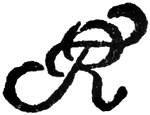
Porcelain Marks
"Porcelain is a fictile material intermediate between glass and pottery, being formed of two substances,…
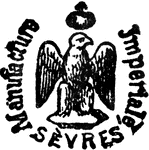
Porcelain Marks
"Porcelain is a fictile material intermediate between glass and pottery, being formed of two substances,…

Porcelain Marks
"Porcelain is a fictile material intermediate between glass and pottery, being formed of two substances,…

Porcelain Marks
"Porcelain is a fictile material intermediate between glass and pottery, being formed of two substances,…
